Study links carbon fiber microstructure to Li insertion mechanism in structural batteries
Green Car Congress
OCTOBER 18, 2018
Carbon fibers have already beeen demonstrated as high-capacity Li-ion battery anodes, opening the way for their use as structural electrodes—i.e., simultaneously carrying mechanical load and storing electrical energy. The researchers studied the microstructure of different types of commercially available carbon fibers.



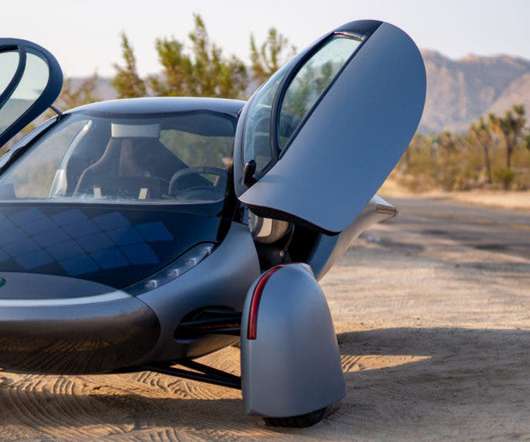
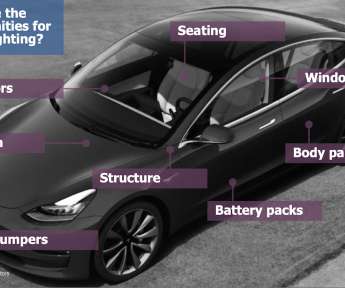
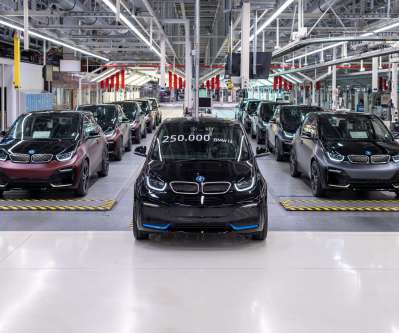















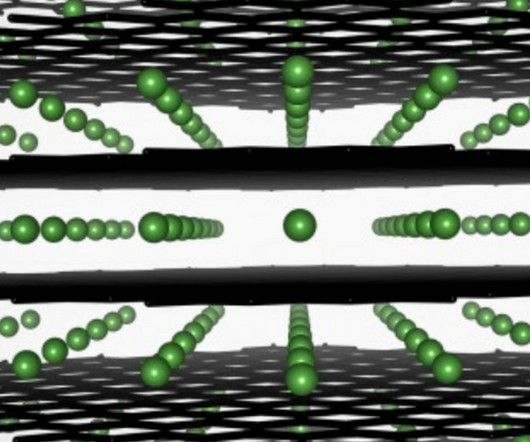







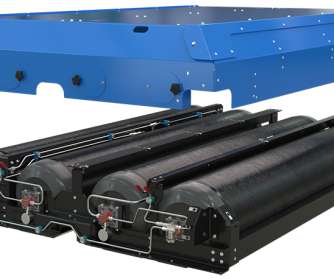












Let's personalize your content